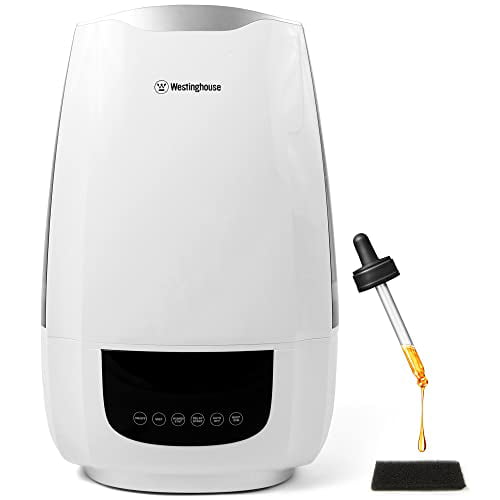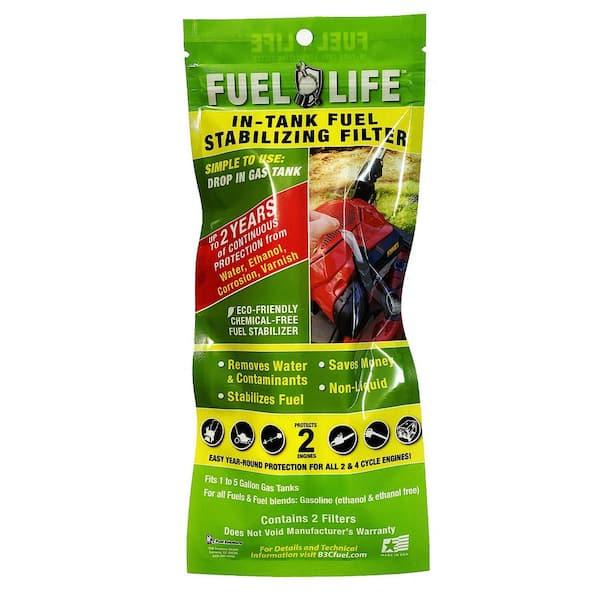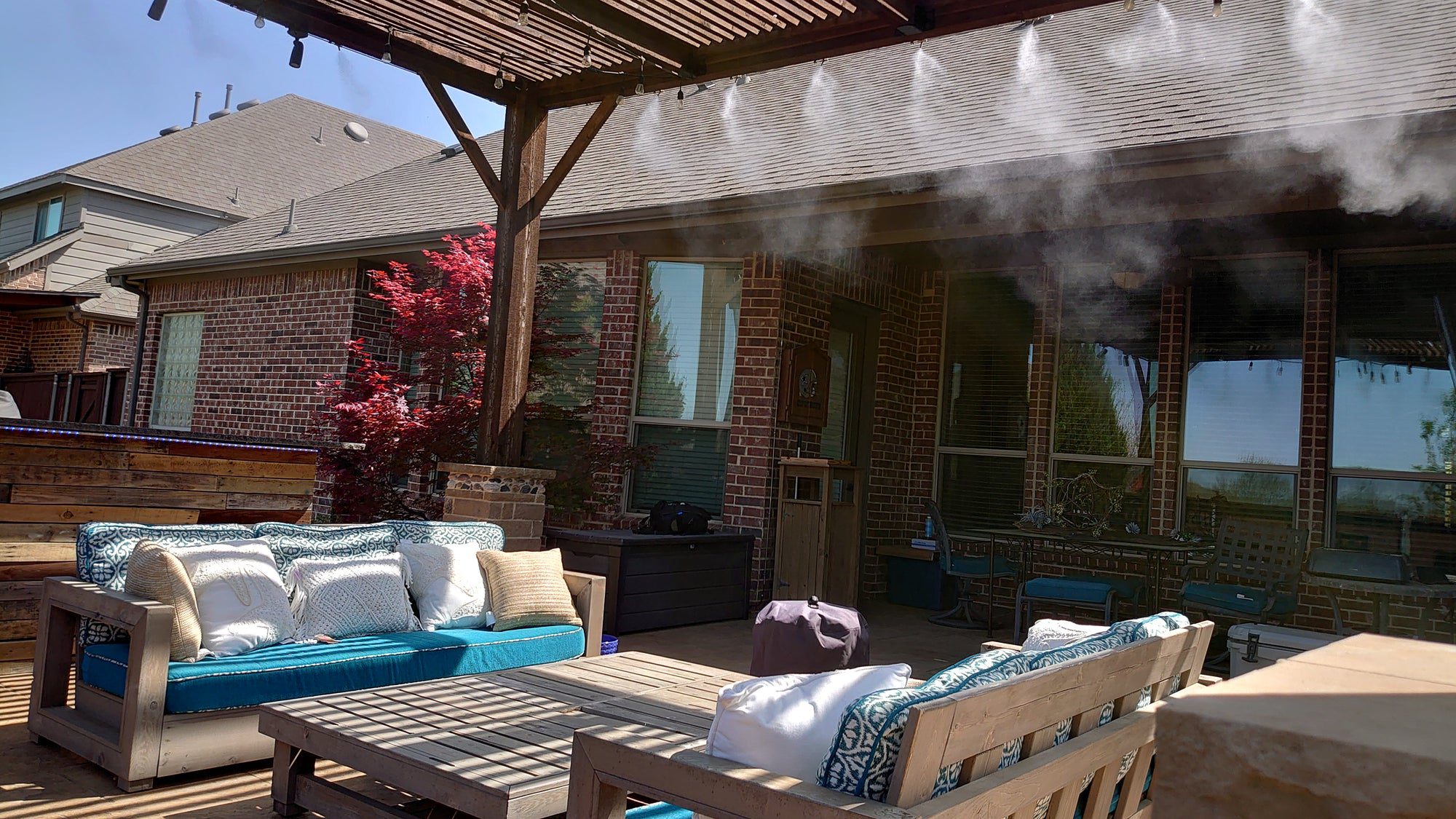Misting system parts include nozzles, pump, tubing, and filter. A misting system is a collection of these components that work together to create a fine mist of water for various applications.
The nozzles disperse the water in a fine mist, while the pump provides the necessary pressure to push water through the system. The tubing is responsible for carrying the water from the pump to the nozzles, and the filter ensures the water is free from impurities.
Each part plays a crucial role in the overall functioning of the misting system, ensuring efficient and effective misting performance. Whether used for outdoor cooling, greenhouse irrigation, or dust suppression, understanding the different parts of a misting system is essential for proper installation and maintenance.
1. Misting System Basics
Discover the essentials of a misting system by understanding its various parts. From nozzles to pumps, each component plays a crucial role in creating a refreshing misting experience. Perfect for cooling outdoor spaces during hot summer days.
1.1 How Do Misting Systems Work?
Misting systems are a popular choice for cooling outdoor spaces, such as patios, gardens, or even commercial areas, during hot summer months. These systems work by utilizing the principle of evaporative cooling. The misting system is made up of various parts, each playing a crucial role in its functionality.
The system typically consists of a high-pressure pump, misting nozzles, and a water supply. The high-pressure pump forces water through the misting nozzles, creating a fine mist that is released into the air. This mist quickly evaporates, absorbing heat from the surrounding environment and lowering the ambient temperature.
The misting nozzles play an important role in this process. They are designed to produce small droplets of water that can easily evaporate, increasing the cooling effect. The size and number of nozzles can vary depending on the size of the area to be cooled and the desired level of misting.
1.2 Benefits Of Misting Systems
Misting systems offer several benefits beyond simple temperature reduction. Let’s take a look at some of the advantages:
- Effective cooling: Misting systems provide rapid cooling, making them ideal for outdoor spaces where air conditioning may not be practical or possible.
- Energy-efficient: Compared to traditional air conditioning units, misting systems consume significantly less energy. They use water evaporation to cool the air, requiring only a fraction of the electricity.
- Allergy relief: Misting systems can help reduce dust, pollen, and other allergens in the air, providing relief for people prone to allergies.
- Insect control: The fine mist produced by misting systems can deter flying insects, making your outdoor space more enjoyable and pest-free.
- Increased outdoor living space: By creating a comfortable and cool outdoor environment, misting systems allow you to extend your living space and enjoy the outdoors even during hot summer days.
Overall, misting systems offer an efficient and cost-effective solution for cooling outdoor spaces. With their ability to reduce both temperature and humidity, these systems provide a comfortable and refreshing environment for various applications.

Credit: www.walmart.com
2. Understanding Misting System Parts
When it comes to misting systems, understanding the various parts involved is essential for their proper functioning. Each component plays a crucial role in creating a refreshing and cooling experience. Let’s take a closer look at the key parts of a misting system:
2.1 High-pressure Pump
The high-pressure pump is the heart of any misting system. It generates the necessary pressure to create a fine mist that evaporates quickly, cooling the surrounding area. These pumps are specifically designed to withstand high-pressure situations and can be powered by electricity or by gas engines.
2.2 Misting Nozzles
Misting nozzles are responsible for transforming water into a fine mist. These high-quality nozzles are manufactured to produce tiny water droplets that quickly evaporate into the air. They are often made from corrosion-resistant materials to ensure durability and longevity.
2.3 Tubing And Fittings
Tubing and fittings are essential for distributing water from the pump to the misting nozzles. The tubing, commonly made from flexible nylon or stainless steel, carries the high-pressure water, while the fittings ensure a secure connection between the tubing and misting nozzles. Properly sized and durable tubing is crucial for optimal performance and longevity of the system.
2.4 Water Filters
Water filters are an important component of misting systems as they help remove impurities and contaminants from the water. These filters prevent clogging of the nozzles and ensure a consistent flow of clean water, preventing potential damage to the system. Regular maintenance and cleaning of the filters are necessary to ensure their efficiency.
2.5 Controller And Timer
A controller and timer are often used to regulate the misting system’s operation. The controller allows users to adjust the misting frequency and duration, while the timer automates the system’s on and off cycles. This feature allows for convenient and efficient use of the misting system, ensuring that it operates only when needed, resulting in energy savings.
In conclusion, understanding the different parts of a misting system, such as the high-pressure pump, misting nozzles, tubing and fittings, water filters, and the controller and timer, is crucial for the proper installation and efficient functioning of the system. Each component plays a vital role, contributing to a refreshing and enjoyable outdoor experience.
3. High-pressure Pump
In a misting system, the high-pressure pump plays a crucial role in creating the optimal pressure required for the system to function efficiently. The pump is responsible for pressurizing the water, forcing it through the misting nozzles, and creating a fine mist that cools the surrounding area. Without a high-quality pump, the misting system may not be able to generate the desired cooling effect.
3.1 Importance Of A High-quality Pump
A high-quality pump is essential for the optimal performance of a misting system. Here’s why:
- Reliable Pressure: A high-quality pump ensures consistent and reliable pressure, which is crucial for the misting system to function properly. It maintains a steady flow of water through the nozzles, allowing for an even mist distribution across the desired area.
- Efficient Cooling: The ability to generate a fine mist is key to achieving effective cooling. A high-quality pump can achieve the right pressure to create a mist with tiny water droplets, which evaporate quickly when they come into contact with the air, resulting in a cooling effect.
- Longevity: Investing in a high-quality pump ensures the durability and longevity of your misting system. Quality pumps are built to withstand high pressures and continuous operation, reducing the chances of breakdowns and the need for frequent replacements.
3.2 Different Types Of Pumps
There are various types of pumps available for misting systems, each with its own advantages and suitable applications.
Centrifugal Pumps
Centrifugal pumps are commonly used in misting systems. They work by utilizing centrifugal force to create pressure, making them suitable for low to medium pressure applications. These pumps are easy to install, operate quietly, and require minimal maintenance, making them a popular choice for residential and small commercial setups.
Direct Drive Pumps
Direct drive pumps are known for their high performance and efficiency. These pumps directly connect the motor shaft to the pump, eliminating the need for belts or pulleys. They are capable of generating high pressures and are often utilized in commercial and industrial environments where larger areas need to be cooled.
Booster Pumps
Booster pumps are used to increase the pressure of water when the main water supply pressure is inadequate. These pumps are typically installed in areas with low water pressure, ensuring that the misting system receives the necessary pressure for it to function optimally. Booster pumps are commonly used in residential settings and can significantly enhance the performance of a misting system.
Choosing the right high-pressure pump is essential for the overall effectiveness and longevity of your misting system. Consider the specific requirements of your application, the desired pressure range, and the available space before selecting the pump type that best suits your needs.

Credit: www.ebay.com
4. Misting Nozzles
When it comes to misting systems, the misting nozzles play a crucial role in delivering a fine mist that cools the surrounding air. These nozzles are responsible for breaking up the water into tiny droplets, creating the refreshing mist that provides relief from the scorching heat. In this section, we will explore the various types of misting nozzles and guide you on how to choose the right nozzle for your system.
4.1 Types Of Misting Nozzles
There are several types of misting nozzles available in the market, each with its own unique characteristics and functionalities. Let’s take a look at the most common types:
| Nozzle Type | Description |
|---|---|
| Standard Misting Nozzles | These are the most basic type of misting nozzles, designed to deliver a consistent mist pattern at a fixed flow rate. They are suitable for general outdoor cooling applications. |
| Anti-Drip Misting Nozzles | If you’re concerned about water wastage or unwanted drips, anti-drip misting nozzles are an excellent choice. These nozzles prevent water from dripping when the system is turned off. |
| High-Pressure Misting Nozzles | For applications that require a more powerful mist, such as commercial cooling or agricultural purposes, high-pressure misting nozzles are the ideal option. They can handle higher water pressure and produce a finer mist. |
| Specialty Misting Nozzles | If you have specific needs or preferences, specialty misting nozzles offer a range of options. These include nozzles with adjustable spray angles, anti-bacterial coatings, or even color-changing LED lights. |
4.2 Choosing The Right Nozzle For Your System
Choosing the right misting nozzle for your system can significantly impact its performance and efficiency. Here are a few factors to consider:
- Water Pressure: Some misting nozzles are designed for low-pressure systems, while others require higher water pressure. Ensure the nozzle you choose is compatible with your system’s pressure.
- Misting Pattern: Different nozzles disperse mist in varying patterns, such as a cone or fan shape. Consider the area you want to cover and select a nozzle with a pattern that suits your needs.
- Flow Rate: The flow rate determines how much water the nozzle can deliver per minute. Depending on the cooling requirements and water availability, choose a nozzle with an appropriate flow rate.
- Durability: Look for nozzles made from high-quality materials that can withstand outdoor conditions and frequent use. Stainless steel or brass are often preferred for their durability.
By considering these factors, you can select the most suitable misting nozzle for your system, ensuring optimal cooling performance and longevity.
5. Tubing And Fittings
When it comes to installing a misting system, one crucial aspect to consider is the tubing and fittings. These components play a significant role in ensuring that the misting system operates efficiently and effectively. In this section, we will explore the different types of tubing materials and the importance of proper fittings in a misting system.
5.1 Types Of Tubing Materials
When selecting tubing for your misting system, it is vital to choose the right material that suits your specific needs. Here are some common types of tubing materials used in misting systems:
| Tubing Material | Properties |
|---|---|
| Nylon Tubing | Durable, resistant to UV rays, and capable of withstanding high pressures. |
| Stainless Steel Tubing | Corrosion-resistant, ideal for outdoor applications, and provides high tensile strength. |
| Copper Tubing | Excellent thermal conductivity, antimicrobial properties, and easy to bend and shape. |
| Flexible Polyethylene Tubing | Lightweight, affordable, and easy to install. |
5.2 Importance Of Proper Fittings
Proper fittings are essential to ensure a secure and leak-free connection between different parts of the misting system. The right fittings can drastically enhance the functionality and longevity of your misting system. Here are some key reasons why proper fittings are crucial:
- Preventing Leaks: By using the correct fittings, you can minimize the risk of leaks, which can cause water wastage and affect the efficiency of the system.
- Ensuring Optimal Performance: Proper fittings help maintain consistent water pressure, ensuring that the misting nozzles emit an even and fine mist.
- Ease of Installation: Fittings that are designed for misting systems make the installation process easier and more streamlined.
- Durability: High-quality fittings are made from durable materials that can withstand harsh weather conditions and provide long-lasting performance.
When choosing fittings for your misting system, make sure to select ones that are compatible with the chosen tubing material. This will ensure a secure and reliable connection that minimizes the risk of leaks, enhances performance, and prolongs the lifespan of your misting system.

Credit: www.amazon.com
Frequently Asked Questions For Misting System Parts
What Are The Main Parts Of A Misting System?
A misting system consists of nozzles, tubing, a pump, a pressure regulator, and a filter. The nozzles release a fine mist, the tubing carries water to the nozzles, the pump pressurizes the water, the pressure regulator controls the flow, and the filter removes impurities.
How Do Misting System Nozzles Work?
Misting system nozzles have small orifices that break water into tiny droplets. When water is forced through these orifices at high pressure, it creates a fine mist. The size and angle of the orifices determine the droplet size and spray pattern of the misting system.
Why Is A Pressure Regulator Important In A Misting System?
A pressure regulator is essential in a misting system because it controls the water pressure. Too high pressure can cause excessive misting or nozzle damage, while low pressure can result in weak or inconsistent mist. The regulator ensures optimal pressure for efficient and effective misting.
What Type Of Tubing Is Used In Misting Systems?
Misting systems typically use flexible nylon or poly tubing. These materials are durable, resistant to UV radiation, and able to withstand the high-pressure water flow in misting systems. The tubing should be selected based on the specific requirements of the misting system and the environment it will be installed in.
Conclusion
To sum up, understanding the different parts of a misting system is crucial for its efficient functioning. From the pump and filter to the nozzles and tubing, each component plays a vital role in creating a refreshing and cooling environment.
By ensuring regular maintenance and replacement of worn-out parts, you can extend the lifespan of your misting system and enjoy its benefits for years to come. So, invest in high-quality parts and keep your system in top condition to keep cool during those hot summer days.
- The Power of Mobile Accessibility And Real-Time Tracking for Trucking Operations - November 6, 2024
- Why Ease of Use is Crucial in Trucking Dispatch Software - September 22, 2024
- Better Communication With Dispatchers: How Trucking Dispatch Software Can Optimize Operations - September 7, 2024


